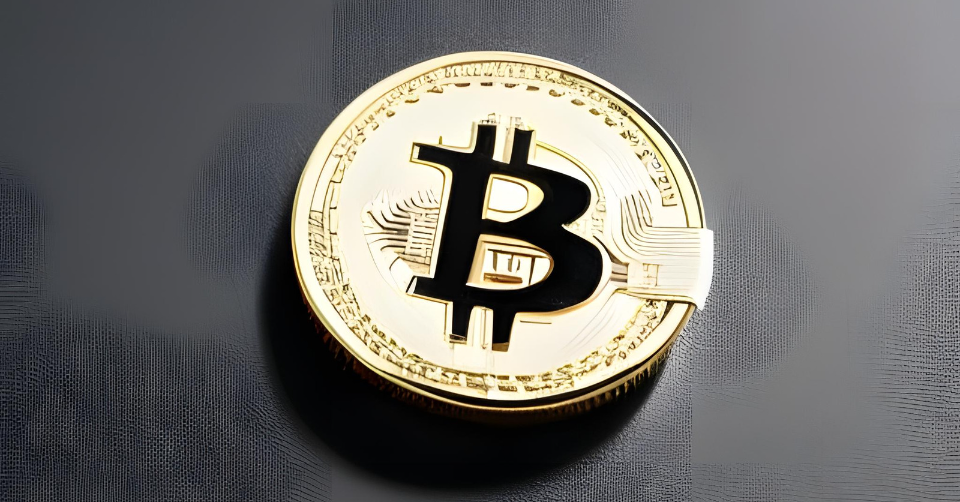Bitcoin is a decentralized digital currency that operates on a peer-to-peer network. It’s an innovative form of money that has the potential to disrupt traditional financial systems. One of the unique features of Bitcoin is its halving cycles, which are often misunderstood by newcomers to the cryptocurrency space. In this post, we’ll take a closer look at what Bitcoin halving cycles are and why they matter.
Page Contents
What is Bitcoin Halving?
To understand Bitcoin halving cycles, we first need to understand what Bitcoin halving is. Halving refers to the process of cutting the reward for mining new Bitcoins in half. This occurs every 210,000 blocks that are mined, which is roughly every four years.
When Bitcoin was first introduced in 2009, miners received 50 Bitcoins as a reward for every block that was mined. In 2012, the reward was halved to 25 Bitcoins, and in 2016, it was halved again to 12.5 Bitcoins. The most recent halving occurred in May 2020, which reduced the reward to 6.25 Bitcoins per block.
Why Does Bitcoin Halve?
The purpose of halving Bitcoin rewards is to ensure that the total supply of Bitcoins is finite. The maximum number of Bitcoins that can ever exist is 21 million. By reducing the reward for mining new Bitcoins over time, the supply of new Bitcoins entering circulation is gradually reduced until it eventually reaches zero.
The idea behind this is that as the supply of Bitcoins becomes scarcer, their value will increase. This is a basic economic principle of supply and demand. If demand for Bitcoin remains constant, but the supply decreases, then the price should increase.
What Are Bitcoin Halving Cycles?


Bitcoin halving cycles refer to the period between each halving event. As we mentioned earlier, Bitcoin halving occurs every 210,000 blocks, which is roughly every four years. Therefore, Bitcoin halving cycles are approximately four years long.
During each halving cycle, the supply of new Bitcoins entering circulation is reduced by half. This means that the rate at which new Bitcoins are being introduced into the market slows down. As a result, the price of Bitcoin tends to rise, at least in the short term.
The history of Bitcoin halving cycles is important to understand because it gives us an idea of how the price of Bitcoin may behave in the future. There have been three halving events in Bitcoin’s history so far, and each one has been followed by a significant increase in the price of Bitcoin.
The first halving event occurred in November 2012, and it was followed by a 12-month period of steady price increases. The second halving occurred in July 2016, and it was followed by an 18-month period of rapid price increases. The most recent halving occurred in May 2020, and the price of Bitcoin has continued to increase since then.
Why do Bitcoin halving cycles increase the price of Bitcoin?
Bitcoin halving cycles are often associated with increases in the price of Bitcoin, but why does this happen? The basic economic principle of supply and demand can help us understand why Bitcoin halving cycles tend to increase the price of Bitcoin. As the supply of new Bitcoins entering circulation decreases, but the demand for Bitcoin remains constant or increases, the price should go up.
In other words, when the number of new Bitcoins that can be mined is cut in half, the amount of Bitcoin available on the market also decreases. This can create a sense of scarcity, which can drive up demand for Bitcoin.
The idea of scarcity is not unique to Bitcoin; it’s a fundamental concept in economics. Scarce goods tend to be more valuable than abundant goods because people are willing to pay more for them. By reducing the supply of new Bitcoins over time, halving cycles help to create a sense of scarcity, which can drive up the price of Bitcoin.
Additionally, the reduction in the supply of new Bitcoins can lead to a decrease in selling pressure. Miners who are rewarded with Bitcoin for mining new blocks will receive fewer Bitcoins as the reward is halved. This can make them less likely to sell their Bitcoin, which can further reduce the supply available on the market and drive up the price.
It’s important to note, however, that while Bitcoin halving cycles have been associated with price increases in the past, this does not necessarily mean that they will continue to do so in the future. The price of Bitcoin is highly volatile, and there are many factors that can influence it, such as market sentiment, regulation, and adoption rates. Therefore, it’s important to approach investing in Bitcoin with caution and to do your own research before making any decisions.
What Can We Expect from the Next Halving Cycle?


The next Bitcoin halving cycle is expected to occur in 2024. While it’s impossible to predict exactly how the price of Bitcoin will behave, based on historical trends, we can expect to see an increase in price in the short term.
However, it’s important to remember that the price of Bitcoin is highly volatile, and there are many factors that can influence it, such as market sentiment, regulation, and adoption rates. Therefore, it’s important to approach investing in Bitcoin with caution and to do your own research before making any decisions.
Conclusion
Bitcoin halving cycles are an important aspect of the cryptocurrency’s design. By reducing the supply of new Bitcoins over time, halving cycles help to ensure that the total supply of Bitcoins.





